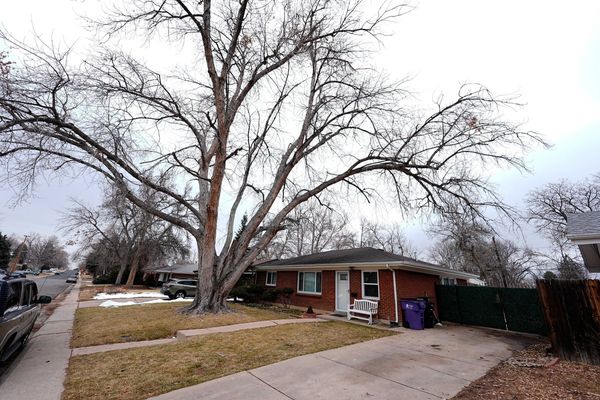
The Renault-owned marque has been competing in the top class of the WEC for the past two seasons with the Alpine A480-Gibson, a grandfathered LMP1 design that previously raced as the Rebellion R-13.
However, the car had to be given special dispensation to race on in 2022 against the Le Mans Hypercars of Toyota, Glickenhaus and (from next month's Monza round) Peugeot, and will not be eligible to race in 2023, when new designs from Porsche, Ferrari and Cadillac are set to join the grid.
Alpine has already confirmed it is building a new LMDh contender around the next-gen ORECA LMP2 chassis, but this won't race until 2024.
Now Philippe Sinault, whose Signatech team operates the Alpine WEC programme, has made it clear that the French marque intends to race on in 2023 instead of taking a year out - which can only mean a return to LMP2.
"In 2023 we'll be there, and we'll compete for something, but not with this [LMP1] car and not in this category [Hypercar]," said Sinault. "To be clear, the plan is not yet determined, but it is quite easy to imagine.
"It's not quite worked out yet, but our goal is to be there on the grid and have things to celebrate."

Alpine has a record of success in the LMP2 division of the WEC, taking class wins in the Le Mans 24 Hours in 2016, '18 and '19, as well as championship titles in '16 and the 2018-19 'superseason'.
A return to the secondary prototype class would also enable Alpine to maintain its long-standing relationship with ORECA during the transition year before debuting its as-yet unnamed LMDh car.
Sinault added that he hopes to maintain its current driver line-up of Nicolas Lapierre, Matthieu Vaxiviere and Andre Negrao, who currently lead the WEC drivers' standings despite a troubled run at Le Mans last weekend that yielded fifth in the Hypercar class (fourth among cars entered for points).
"I'm lucky that it's very easy to manage with these three [drivers]," he said. "Really, it's a pleasure. That's why I had been fighting to return with the same trio this year.







